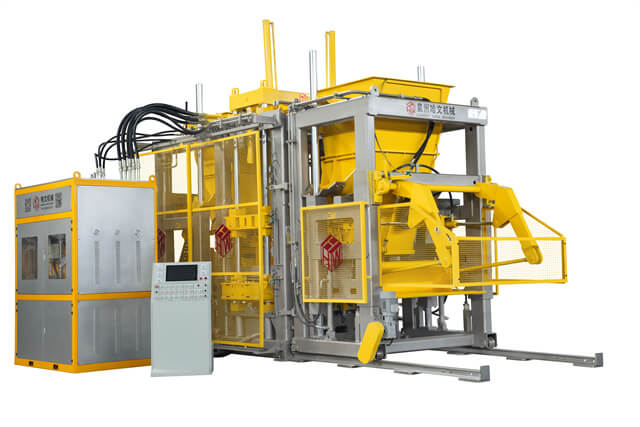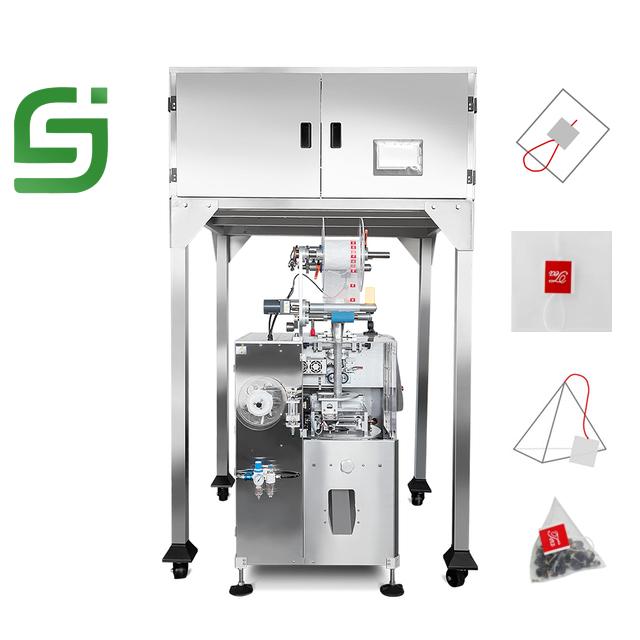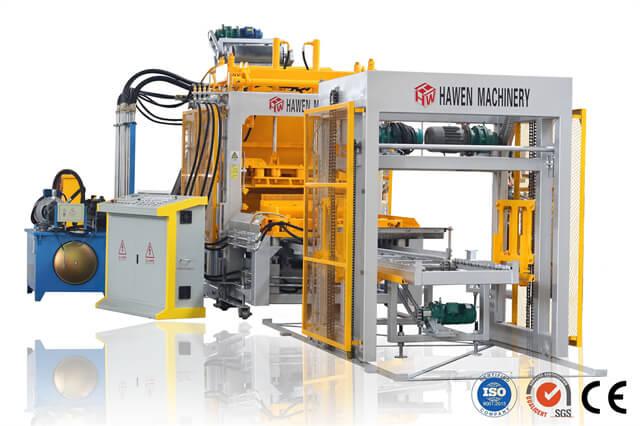Time to read: 4 min
Engineering projects are a complex and often evolving thing that require changes throughout a product’s lifecycle. Whether because of design improvements, shifting client requirements, or supply chain issues, engineering changes must be well-managed to ensure project success. Engineering Change Orders (ECOs) provide a systematic way to execute these changes.
In this article, we’ll examine ECOs and consider what designers and other stakeholders need to do to manage changes properly.Often, design for manufacturability (DFM) flags issues that require engineering changes — and when you request a quote from Fictiv, you get expert DFM feedback up front so you can avoid project delays and budget overruns.
What are Engineering Change Orders?
Engineering Change Orders (ECOs) are formal procedures for initiating, reviewing, and implementing changes within an engineering project. They include updates to designs, specifications, materials, or any other aspect that affects a project’s scope, schedule, or budget.
ECOs typically include:
- design revisions
- component substitutions
- process modifications
- quality enhancements
They can also address errors and deficiencies.
Why Use ECOs for Engineering Design Changes?
Engineering projects often require modifications. Identifying the required changes and addressing them with speed and accuracy keeps your project on track and within budget while meeting stakeholder expectations.
Engineering Change Orders (ECOs) ensure that all changes are documented, evaluated, and approved in a systematic way. They’re essential for mitigating risks, maintaining project timelines, managing costs, and ensuring efficient resource allocation.
What Happens Without ECOs?
Without proper engineering change management, uncontrolled modifications can create risks, extend project timelines, and increase costs. Repeated revisions, rework, and uncoordinated changes can lead to problems with projects.
The risks of unplanned engineering changes include:
- project delays
- budget overruns
- compromised quality
- safety hazards
Who Are the Stakeholders in Engineering Change Management?
Effective ECO management involves collaboration among multiple stakeholders. Depending upon your project, the list of stakeholders may include engineers, project managers, designers, quality assurance personnel, procurement teams, and clients.
Each stakeholder plays a role in initiating, evaluating, approving, and implementing engineering changes. By working together throughout the ECO process, stakeholders can address the reasons for changes and keep everyone involved in alignment.
What is the Engineering Change Order process?
The ECO process has four major steps:
- Initiation and request
- Evaluation and analysis
- Approval and implementation
- Documentation and tracking
1. Initiation and Request
First, identify the change requirements, document change requests, and assess the feasibility and impact of proposed changes.
- Identify Change Requirements: Change requests can come from various sources, including co-workers and clients. Before implementing an ECO, it’s critical to identify the nature and scope of the proposed change.
- Document Change Requests: Change requests should be documented with detailed information, including the rationale, an impact assessment, and the proposed solution.
- Assess Feasibility and Impact: Remember to assess the technical feasibility and the potential effects on project scope, schedule, and budget.
2. Evaluation and Analysis
Next, review the change requests and analyze their technical feasibility, then analyze the impact on cost and scheduling.
- Review Change Requests: Ask a cross-functional stakeholder team to evaluate change requests and determine their validity, relevance, and alignment with project goals.
- Evaluate Technical Feasibility: Carefully evaluate the technical feasibility of each proposed change by considering engineering requirements, standards, and available resources.
- Analyze Cost and Scheduling Impacts: Conduct a comprehensive analysis of the potential cost and any project delays, and always consider the resource requirements that the proposed modifications entail.
3. Approval and Implementation
Next, obtain necessary ECO approvals, implement design and documentation changes, and communicate these changes to all stakeholders.
- Obtain Necessary Approvals: Depending upon your project’s organizational structure, designers may need to obtain approvals from project managers, engineering leads, and clients.
- Implement Changes in Design and Documentation: Make the necessary design modifications and documentation updates.
- Communicate Changes to Other Stakeholders: Communicate clearly about the approved changes and share their impacts with all stakeholders.
4. Documentation and Tracking
Finally, record the change details, update project documentation, and track and manage ECOs.
- Record Change Details: Maintain a comprehensive record of all ECOs, including change descriptions, approvals, and implementation details.
- Update Project Documentation: Modify project documents, such as specifications, drawings, and schedules, to reflect the approved changes.
- Track and Manage ECOs: Use dedicated change management tools or systems to track the status and progress of ECOs throughout the project lifecycle.
What Are Some Challenges in Engineering Change Management?
Balancing change requests with the existing constraints is a leading challenge — time, budget, and available resources are limited, which invariably complicates engineering change management. Also, updating stakeholders and keeping them informed without miscommunication and conflicts can be difficult. Lastly, identifying and addressing possible risks, unintended consequences, and adverse impacts is never easy.
What Are Best Practices With Engineering Change Orders ?
Make sure you have a clearly defined ECO process — well-defined procedures and guidelines can make a big difference in the final outcome. Engage all stakeholders throughout the process and strive to keep everyone on the same page, and document and track the process rigorously.
Who helps designers to achieve project success?
Engineering change orders (ECOs) play an important role in the success of almost every engineering project, and designers need expert DFM feedback and skilled manufacturing partners to execute ECOs effectively and efficiently.
Fictiv provides free, instant DFM feedback with every quote and we have a carefully vetted network of manufacturing partners and experts who ensure any issues are spotted and addressed quickly. Create a free Fictiv account and upload your design today!




